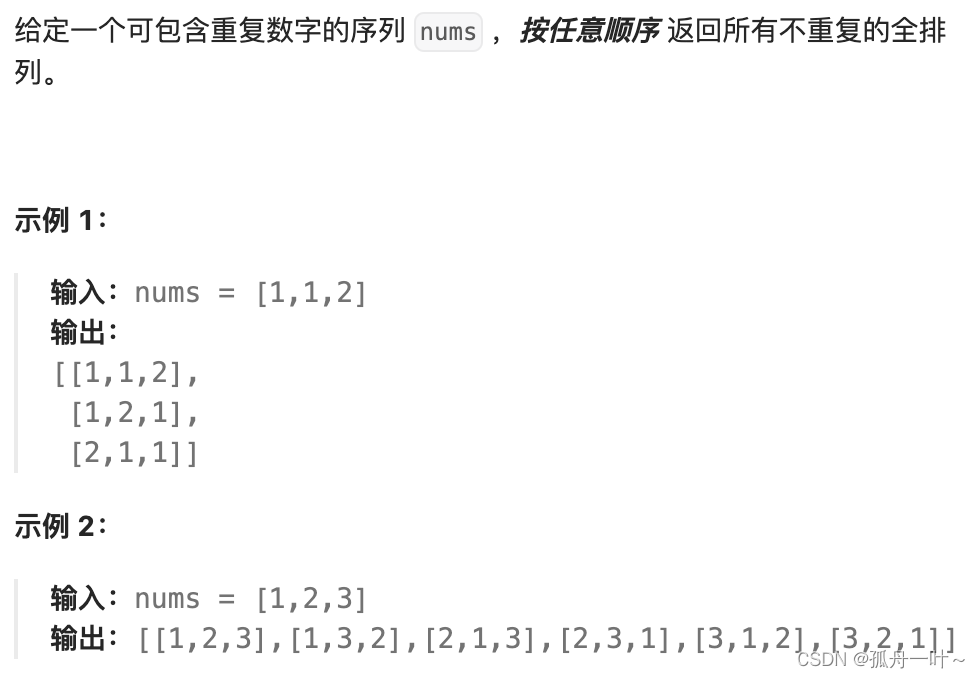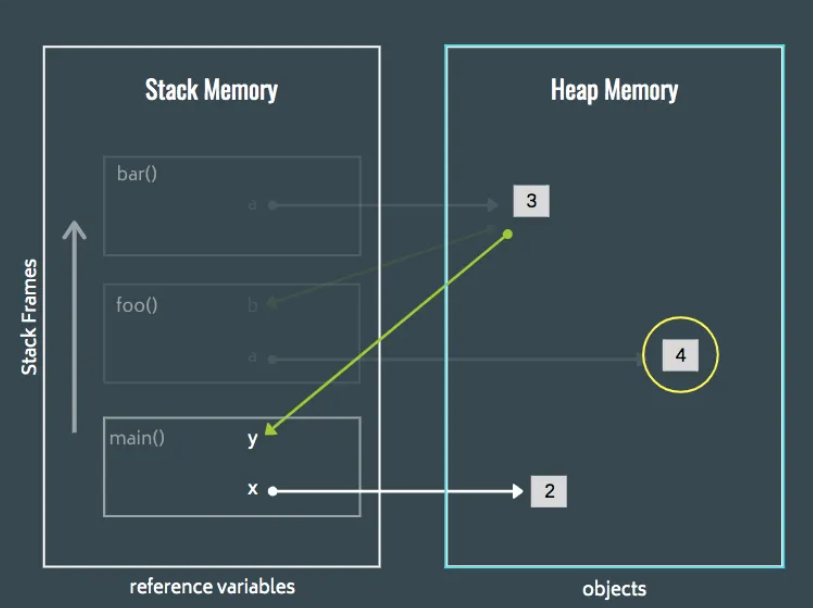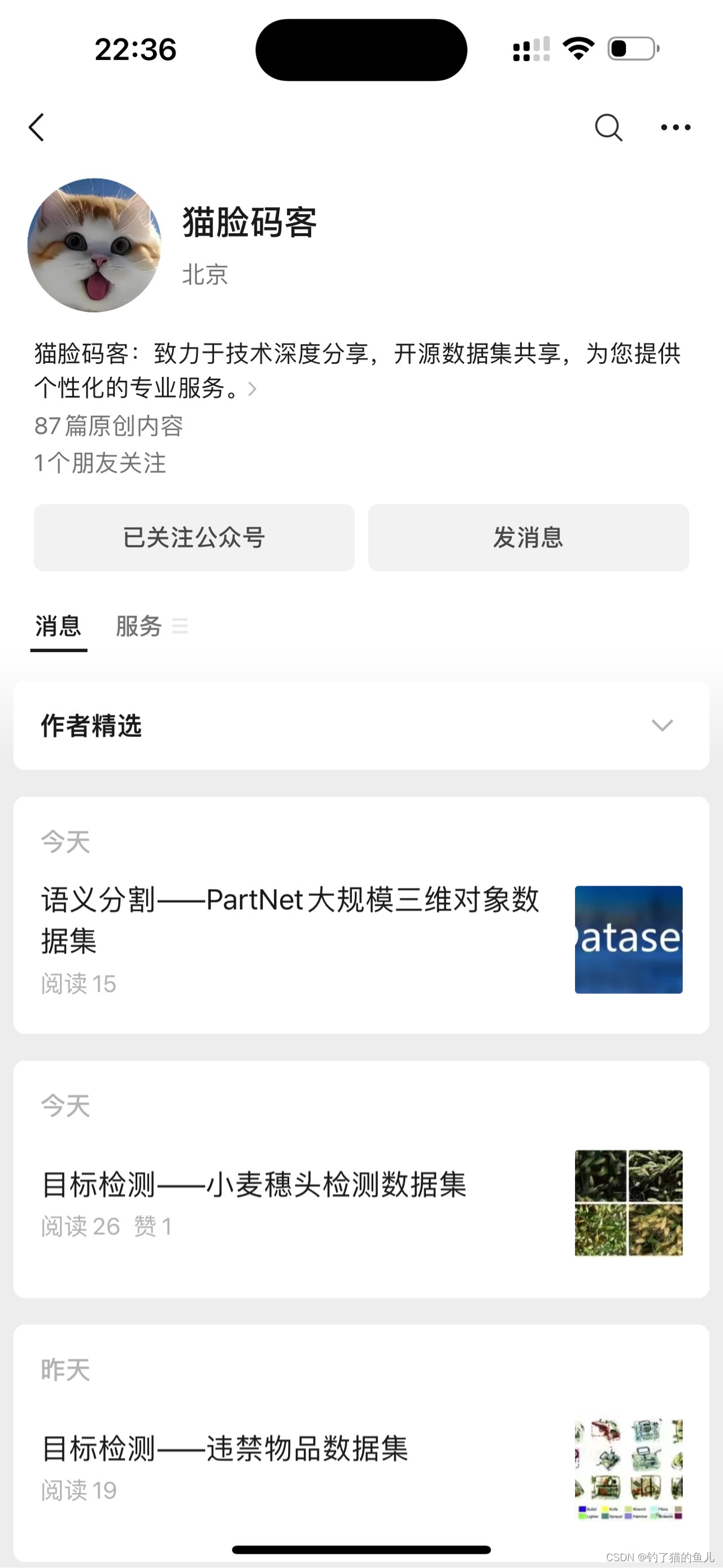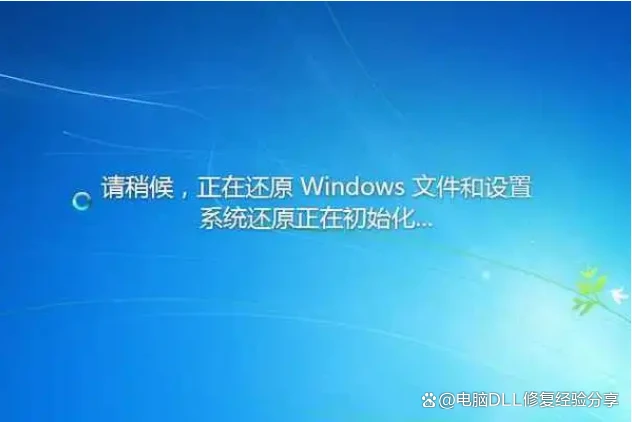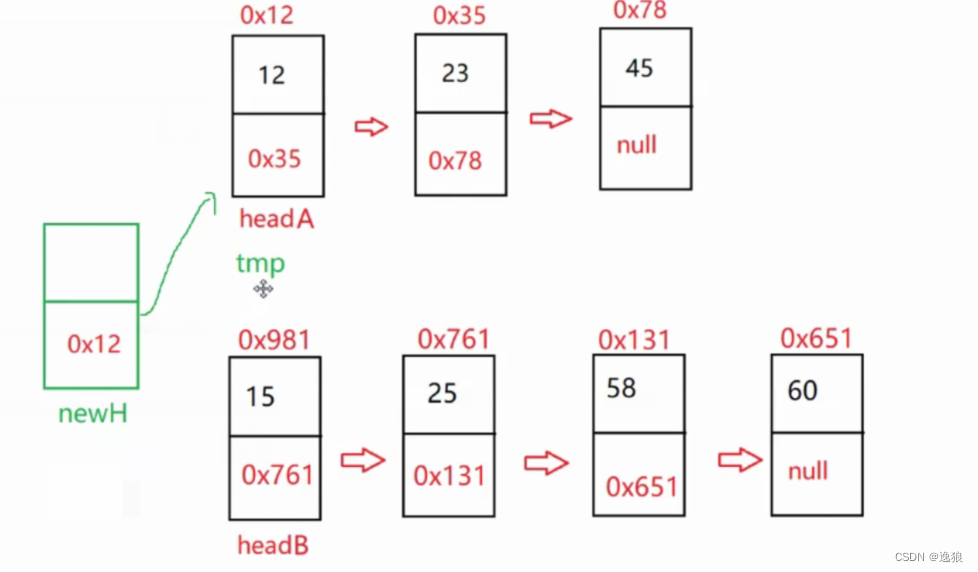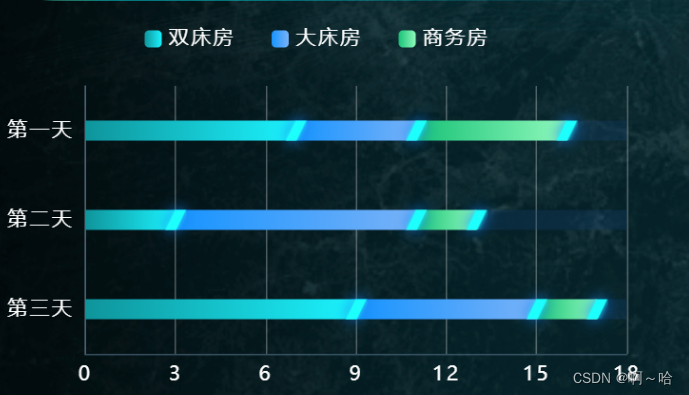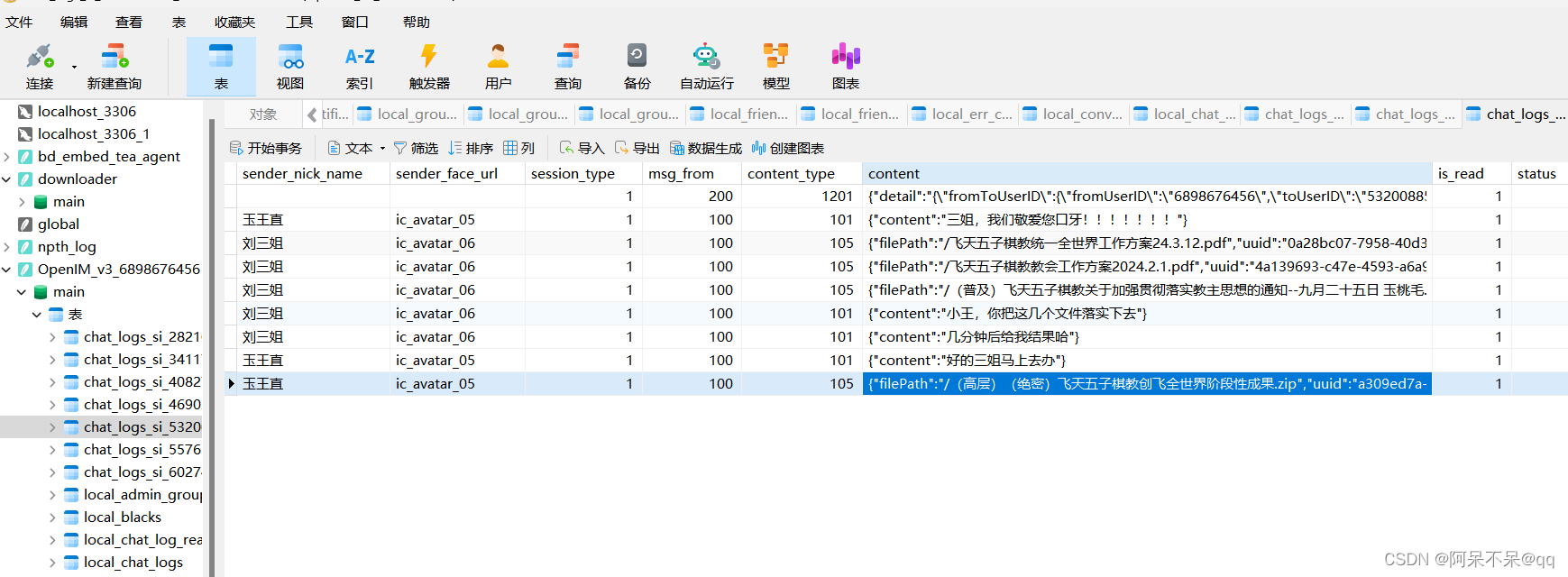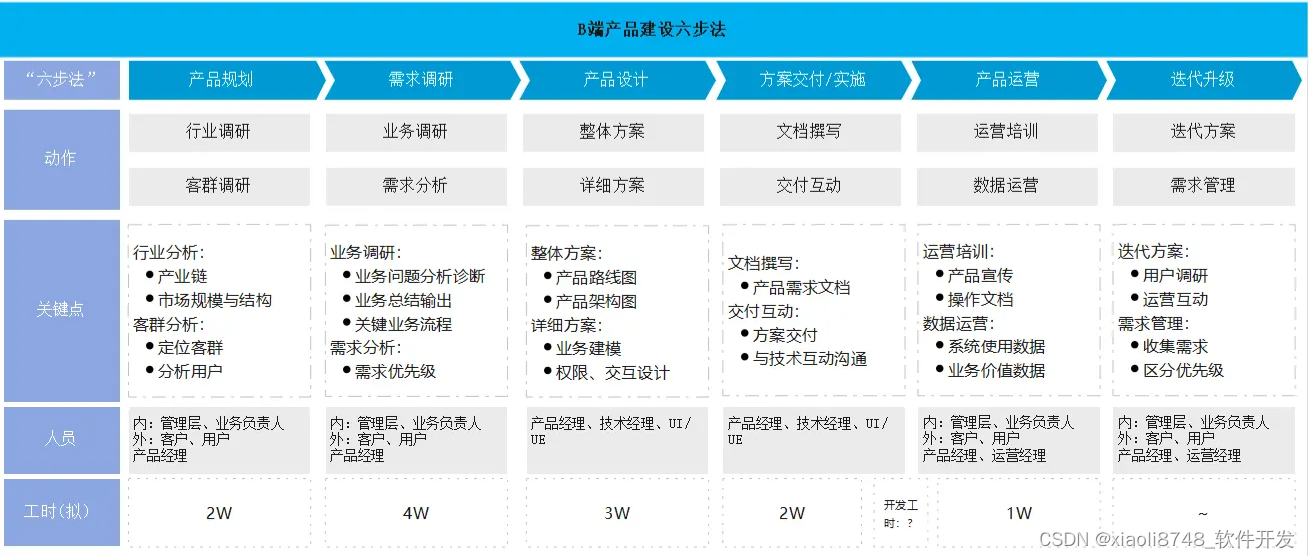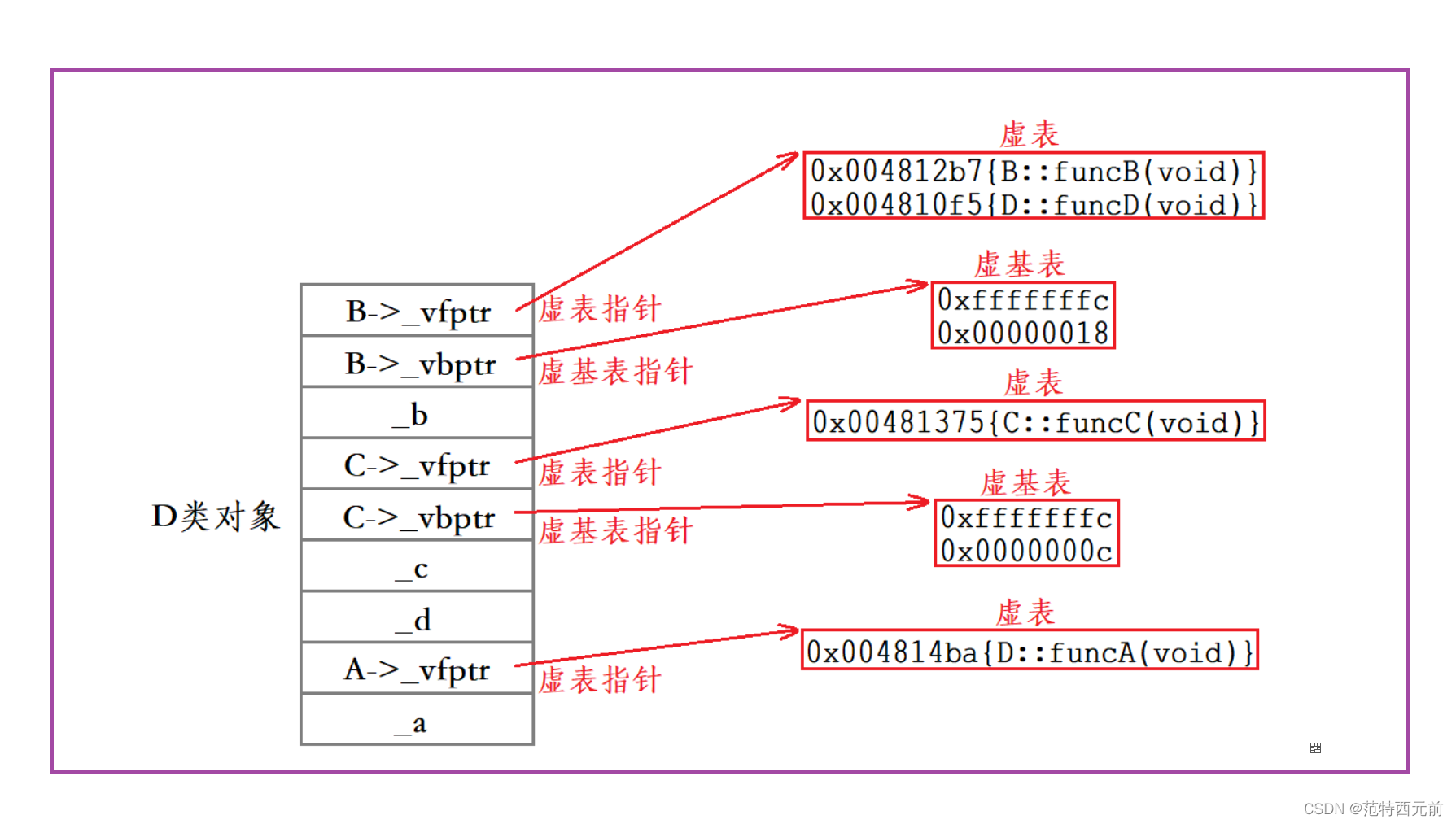样式迁移
将样式图片中的样式迁移到内容图片上,合成图片,例如将照片转换成漫画形式或者是油画风。
基于CNN的样式迁移
读取图片和样式风格
%matplotlib inline
import torch
import torchvision
from torch import nn
from d2l import torch as d2l
d2l.set_figsize()
content_img = d2l.Image.open('rainier.jpg')
d2l.plt.imshow(content_img);

style_img = d2l.Image.open('autumn-oak.jpg')
d2l.plt.imshow(style_img);

预处理和后处理
预处理函数preprocess对输入图像在RGB三个通道分别做标准化,并将结果变换成卷积神经网络接受的输入格式。
后处理函数postprocess则将输出图像中的像素值还原回标准化之前的值。 由于图像打印函数要求每个像素的浮点数值在0~1之间,我们对小于0和大于1的值分别取0和1。
rgb_mean = torch.tensor([0.485, 0.456, 0.406])
rgb_std = torch.tensor([0.229, 0.224, 0.225])
def preprocess(img, image_shape):
transforms = torchvision.transforms.Compose([
torchvision.transforms.Resize(image_shape),
torchvision.transforms.ToTensor(),
torchvision.transforms.Normalize(mean=rgb_mean, std=rgb_std)])
return transforms(img).unsqueeze(0)
def postprocess(img):
img = img[0].to(rgb_std.device)
img = torch.clamp(img.permute(1, 2, 0) * rgb_std + rgb_mean, 0, 1)
return torchvision.transforms.ToPILImage()(img.permute(2, 0, 1))
抽取图像特征
基于ImageNet数据集预训练的VGG-19模型来抽取图像特征
pretrained_net = torchvision.models.vgg19(pretrained=True)
/usr/local/lib/python3.10/dist-packages/torchvision/models/_utils.py:208: UserWarning: The parameter 'pretrained' is deprecated since 0.13 and may be removed in the future, please use 'weights' instead.
warnings.warn(
/usr/local/lib/python3.10/dist-packages/torchvision/models/_utils.py:223: UserWarning: Arguments other than a weight enum or `None` for 'weights' are deprecated since 0.13 and may be removed in the future. The current behavior is equivalent to passing `weights=VGG19_Weights.IMAGENET1K_V1`. You can also use `weights=VGG19_Weights.DEFAULT` to get the most up-to-date weights.
warnings.warn(msg)
Downloading: "https://download.pytorch.org/models/vgg19-dcbb9e9d.pth" to /root/.cache/torch/hub/checkpoints/vgg19-dcbb9e9d.pth
100%|██████████| 548M/548M [00:03<00:00, 155MB/s]
从VGG中选择不同层的输出来匹配局部和全局的风格,这些图层也称为风格层。VGG网络使用了5个卷积块。
实验中,我们选择第四卷积块的最后一个卷积层作为内容层,选择每个卷积块的第一个卷积层作为风格层。 这些层的索引可以通过打印pretrained_net实例获取。
style_layers, content_layers = [0, 5, 10, 19, 28], [25]
使用VGG层抽取特征时,我们只需要用到从输入层到最靠近输出层的内容层或风格层之间的所有层。 下面构建一个新的网络net,它只保留需要用到的VGG的所有层。
net = nn.Sequential(*[pretrained_net.features[i] for i in
range(max(content_layers + style_layers) + 1)])
给定输入X,如果我们简单地调用前向传播net(X),只能获得最后一层的输出。 由于我们还需要中间层的输出,因此这里我们逐层计算,并保留内容层和风格层的输出。
def extract_features(X, content_layers, style_layers):
contents = []
styles = []
for i in range(len(net)):
X = net[i](X)
if i in style_layers:
styles.append(X)
if i in content_layers:
contents.append(X)
return contents, styles
get_contents函数对内容图像抽取内容特征;
get_styles函数对风格图像抽取风格特征。
因为在训练时无须改变预训练的VGG的模型参数,所以我们可以在训练开始之前就提取出内容特征和风格特征。由于合成图像是风格迁移所需迭代的模型参数,我们只能在训练过程中通过调用extract_features函数来抽取合成图像的内容特征和风格特征。
def get_contents(image_shape, device):
content_X = preprocess(content_img, image_shape).to(device)
contents_Y, _ = extract_features(content_X, content_layers, style_layers)
return content_X, contents_Y
def get_styles(image_shape, device):
style_X = preprocess(style_img, image_shape).to(device)
_, styles_Y = extract_features(style_X, content_layers, style_layers)
return style_X, styles_Y
损失函数
内容损失、风格损失和全变分损失3部分组成
1.内容损失
def content_loss(Y_hat, Y):
# 我们从动态计算梯度的树中分离目标:
# 这是一个规定的值,而不是一个变量。
return torch.square(Y_hat - Y.detach()).mean()
2.风格损失
def gram(X):
num_channels, n = X.shape[1], X.numel() // X.shape[1]
X = X.reshape((num_channels, n))
return torch.matmul(X, X.T) / (num_channels * n)
def style_loss(Y_hat, gram_Y):
return torch.square(gram(Y_hat) - gram_Y.detach()).mean()
3.全变分损失
def tv_loss(Y_hat):
return 0.5 * (torch.abs(Y_hat[:, :, 1:, :] - Y_hat[:, :, :-1, :]).mean() +
torch.abs(Y_hat[:, :, :, 1:] - Y_hat[:, :, :, :-1]).mean())
损失函数
风格转移的损失函数是内容损失、风格损失和总变化损失的加权和。
content_weight, style_weight, tv_weight = 1, 1e3, 10
def compute_loss(X, contents_Y_hat, styles_Y_hat, contents_Y, styles_Y_gram):
# 分别计算内容损失、风格损失和全变分损失
contents_l = [content_loss(Y_hat, Y) * content_weight for Y_hat, Y in zip(
contents_Y_hat, contents_Y)]
styles_l = [style_loss(Y_hat, Y) * style_weight for Y_hat, Y in zip(
styles_Y_hat, styles_Y_gram)]
tv_l = tv_loss(X) * tv_weight
# 对所有损失求和
l = sum(10 * styles_l + contents_l + [tv_l])
return contents_l, styles_l, tv_l, l
初始化合成图像
定义一个简单的模型SynthesizedImage,并将合成的图像视为模型参数。模型的前向传播只需返回模型参数即可
class SynthesizedImage(nn.Module):
def __init__(self, img_shape, **kwargs):
super(SynthesizedImage, self).__init__(**kwargs)
self.weight = nn.Parameter(torch.rand(*img_shape))
def forward(self):
return self.weight
定义get_inits函数。该函数创建了合成图像的模型实例,并将其初始化为图像X。风格图像在各个风格层的格拉姆矩阵styles_Y_gram将在训练前预先计算好。
def get_inits(X, device, lr, styles_Y):
gen_img = SynthesizedImage(X.shape).to(device)
gen_img.weight.data.copy_(X.data)
trainer = torch.optim.Adam(gen_img.parameters(), lr=lr)
styles_Y_gram = [gram(Y) for Y in styles_Y]
return gen_img(), styles_Y_gram, trainer
训练模型
def train(X, contents_Y, styles_Y, device, lr, num_epochs, lr_decay_epoch):
X, styles_Y_gram, trainer = get_inits(X, device, lr, styles_Y)
scheduler = torch.optim.lr_scheduler.StepLR(trainer, lr_decay_epoch, 0.8)
animator = d2l.Animator(xlabel='epoch', ylabel='loss',
xlim=[10, num_epochs],
legend=['content', 'style', 'TV'],
ncols=2, figsize=(7, 2.5))
for epoch in range(num_epochs):
trainer.zero_grad()
contents_Y_hat, styles_Y_hat = extract_features(
X, content_layers, style_layers)
contents_l, styles_l, tv_l, l = compute_loss(
X, contents_Y_hat, styles_Y_hat, contents_Y, styles_Y_gram)
l.backward()
trainer.step()
scheduler.step()
if (epoch + 1) % 10 == 0:
animator.axes[1].imshow(postprocess(X))
animator.add(epoch + 1, [float(sum(contents_l)),
float(sum(styles_l)), float(tv_l)])
return X
我们训练模型: 首先将内容图像和风格图像的高和宽分别调整为300和450像素,用内容图像来初始化合成图像。
device, image_shape = d2l.try_gpu(), (300, 450)
net = net.to(device)
content_X, contents_Y = get_contents(image_shape, device)
_, styles_Y = get_styles(image_shape, device)
output = train(content_X, contents_Y, styles_Y, device, 0.3, 500, 50)







![Navicat连接SQLSever报错:[08001] MicrosoftTCP Provider 远程主机强迫关闭了一个现有的连接](https://img-blog.csdnimg.cn/direct/3042b73736dc460eb532fe730002166b.png)
